Introduction
The decision to pursue a PhD program brings both fantastic energy and significant difficulties. Research success depends fundamentally on identifying the correct problems during its initial stages. This method mandates researchers to identify meaningful study-worthy issues which expand the existing field knowledge base. Research conducted without a clear problem definition produces either ambiguous or useless results even with advanced research techniques and analytical methods. This post explains problem identification fundamentals which form a base for advanced PhD achievements.
Understanding Problem Identification
The identification of problems occurs through the act of detecting known gaps within existing knowledge bases that require contemplation-based study. Solution achievement demands one to think critically combined with relevant literature research while possessing expertise in their specialized subject area. A well-identified problem should be:
• Relevant: The research approach connects successfully with emerging trends and modern field requirements within its domain.
• Researchable: The research provides adequate data along with examinable scope.
• Significant: The problem enables new academic understandings while generating usable solutions.
• Feasible: Available resources along with time boundaries allow researchers to work on this problem area.
Steps to Effective Problem Identification
1. Conduct a Thorough Literature Review
A literature review shows what previous research covered and reveals missing research areas. The examination of current journal papers and conference proceedings and thesis work reveals viable research questions.
2. Engage with Experts and Peers
Your problem statement will benefit from refined clarity when you share ideas with faculty experts as well as industry experts and fellow researchers. Addressing research topics in academic conferences and participating in research forums enables scientists to find key essential scientific problems.
3. Identify Gaps and Challenges
During your literature review keep track of both existing limitations and contradictory or under-investigated topics. An effective research problem emerges directly from unaddressed gaps in the current knowledge.
4. Define the Research Scope
Extensive problem definitions create confusion while producing research that becomes unmanageable. By focusing the research problem you achieve both effective study methods and clear objectives. Your research target needs clear identification of the problematic area and its particular significance along with the established methods for resolution.
5. Validate Feasibility
You must investigate this problem while staying in the designated timeframe along with the available resources and follows ethical guidelines. Study feasibility depends on data accessibility alongside appropriate methods and work tools.
Our Team Assists with Developing the Problem Statement
Thesis success dependent at its core on developing a forceful problem statement. Your research core must establish direct connections between its elements through the problem statement as it gives both rationale and direction to your work. Your dissertation's judging committee members use the opening concept to gain perspective on the core purpose and meaning of your research. When conceived properly a problem statement equally explains your research content while creating active reader engagement into the study material. The service provides doctoral students dedicated assistance with the essential PS1 for their doctoral research. Our PhD Problem Statement Identification service helps you pick a broad research area then identifies specific areas that need improvement in practice or to fill knowledge gaps within your chosen field. Our detailed approach directs researchers to transform broad fields into targeted research questions that provide both direction and context for their studies. Your issue statement creation benefits from our solution through a methodology concentrating on impact and documentary validation that leads to powerful statements specializing in essential research gaps and critical topic outcomes.
Common Mistakes in Problem Identification
• Choosing a problem without significance: Problems must identify significant field-based requirements which fill existing gaps in scientific knowledge.
• Being too broad or too narrow: An excessive broadness in problems prevents effective tackling but problems constrained to one narrow point may fail to create meaningful impact.
• Neglecting prior research: Progress slows down when researchers fail to study existing literature.
• Failing to align with expertise and interest: Research on selected topics outside professional interests can reduce student motivation levels.
Conclusion
Research success during a PhD program heavily depends on participants' ability to identify the correct issues for study. Research success requires comprehensive investigation of both scientific literature among others. A structured research approach enables doctoral candidates to build fundamental elements required for impactful research that produces meaningful results. Research investigation becomes smoother while producing valuable final results because a well-defined problem acts as both a navigational tool and a measure of significance. The time spent during this essential phase leads directly to an optimally rewarding and satisfying PhD experience.
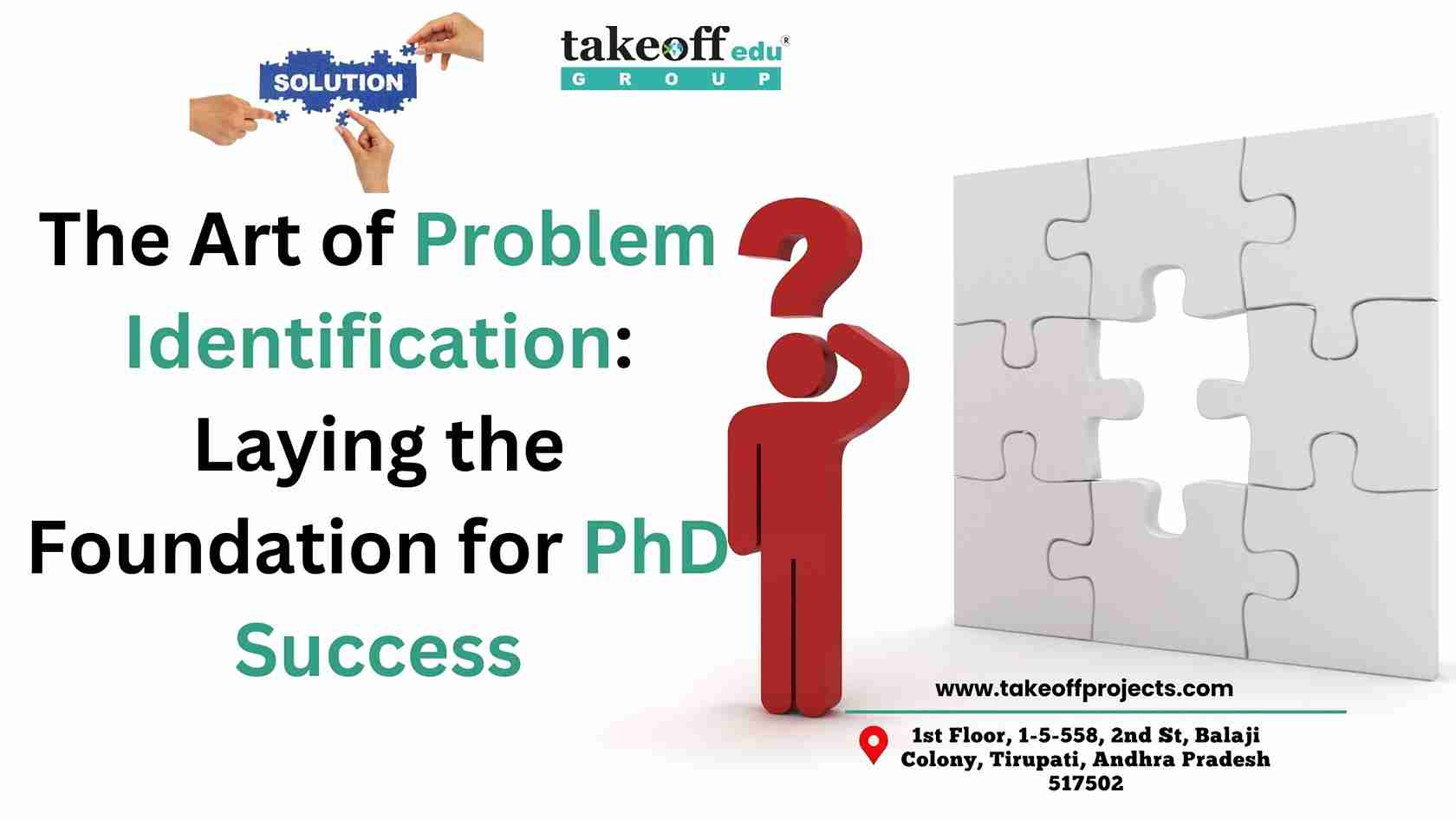
 PhD in Electrical Engineering: Research & Writing Support
PhD in Electrical Engineering: Research & Writing Support  Which are the Best PhD Assistance and Dissertation Writing Services in India?
Which are the Best PhD Assistance and Dissertation Writing Services in India?  How to Choose a PhD Research Domain: EEE, ECE, or CSE?
How to Choose a PhD Research Domain: EEE, ECE, or CSE?  The Ultimate PhD Toolkit for EEE, ECE and CSE Students
The Ultimate PhD Toolkit for EEE, ECE and CSE Students  Publication Success in EEE, ECE, and CSE: Expert Tips for Engineering Scholars
Publication Success in EEE, ECE, and CSE: Expert Tips for Engineering Scholars  Your PhD Guide to Multi-Disciplinary Research in Engineering and Technology
Your PhD Guide to Multi-Disciplinary Research in Engineering and Technology  Top PhD Topics across EEE, ECE, and CSE: Bridging Innovation and Impact
Top PhD Topics across EEE, ECE, and CSE: Bridging Innovation and Impact  Top Embedded Systems Projects for Engineering Students
Top Embedded Systems Projects for Engineering Students  Crafting the Future of Tech: PhD Research Trends in Software Engineering
Crafting the Future of Tech: PhD Research Trends in Software Engineering  From Algorithms to Applications: Comprehensive PhD Support for CSE Students
From Algorithms to Applications: Comprehensive PhD Support for CSE Students  Cybersecurity and Blockchain: Pioneering Research Areas for PhD Scholars
Cybersecurity and Blockchain: Pioneering Research Areas for PhD Scholars  The Art of Writing High-Impact Research Papers in CSE Domains
The Art of Writing High-Impact Research Papers in CSE Domains  AI, ML, and Big Data: Emerging PhD Topics in CSE to Watch
AI, ML, and Big Data: Emerging PhD Topics in CSE to Watch  Top Research Trends in Electrical Drives for Aspiring PhD Scholars
Top Research Trends in Electrical Drives for Aspiring PhD Scholars 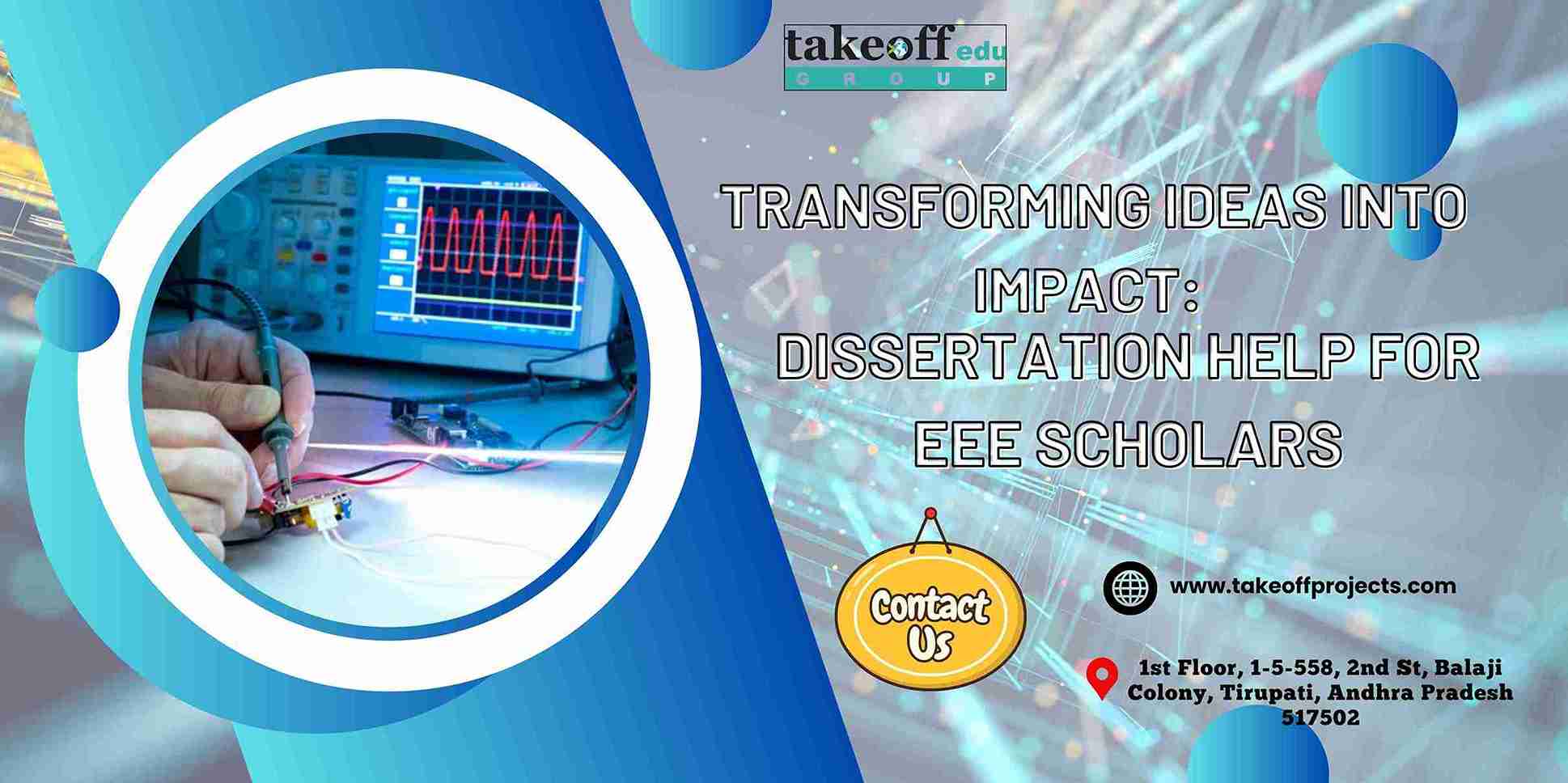 Transforming Ideas into Impact: Dissertation Help for EEE Scholars
Transforming Ideas into Impact: Dissertation Help for EEE Scholars  Navigate Your PhD with Confidence: Comprehensive Assistance Every Step of the Way
Navigate Your PhD with Confidence: Comprehensive Assistance Every Step of the Way  ECE Dissertation Success: Expert Tips for Writing and Publishing your Academic Success
ECE Dissertation Success: Expert Tips for Writing and Publishing your Academic Success 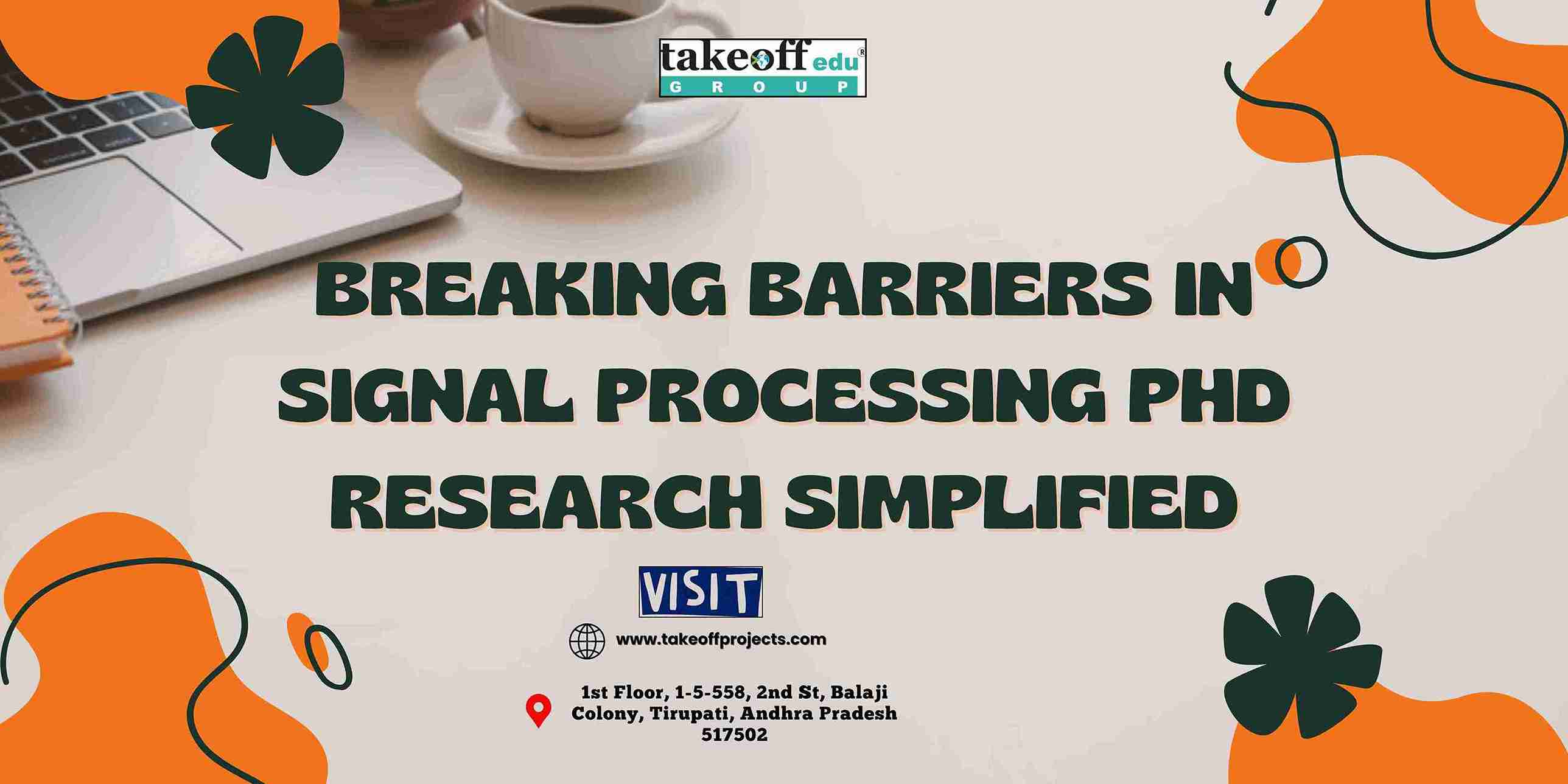 Breaking Barriers in Signal Processing: PhD Research Simplified
Breaking Barriers in Signal Processing: PhD Research Simplified  Building the Next-Gen Tech: A Guide to ECE Research and Publication
Building the Next-Gen Tech: A Guide to ECE Research and Publication 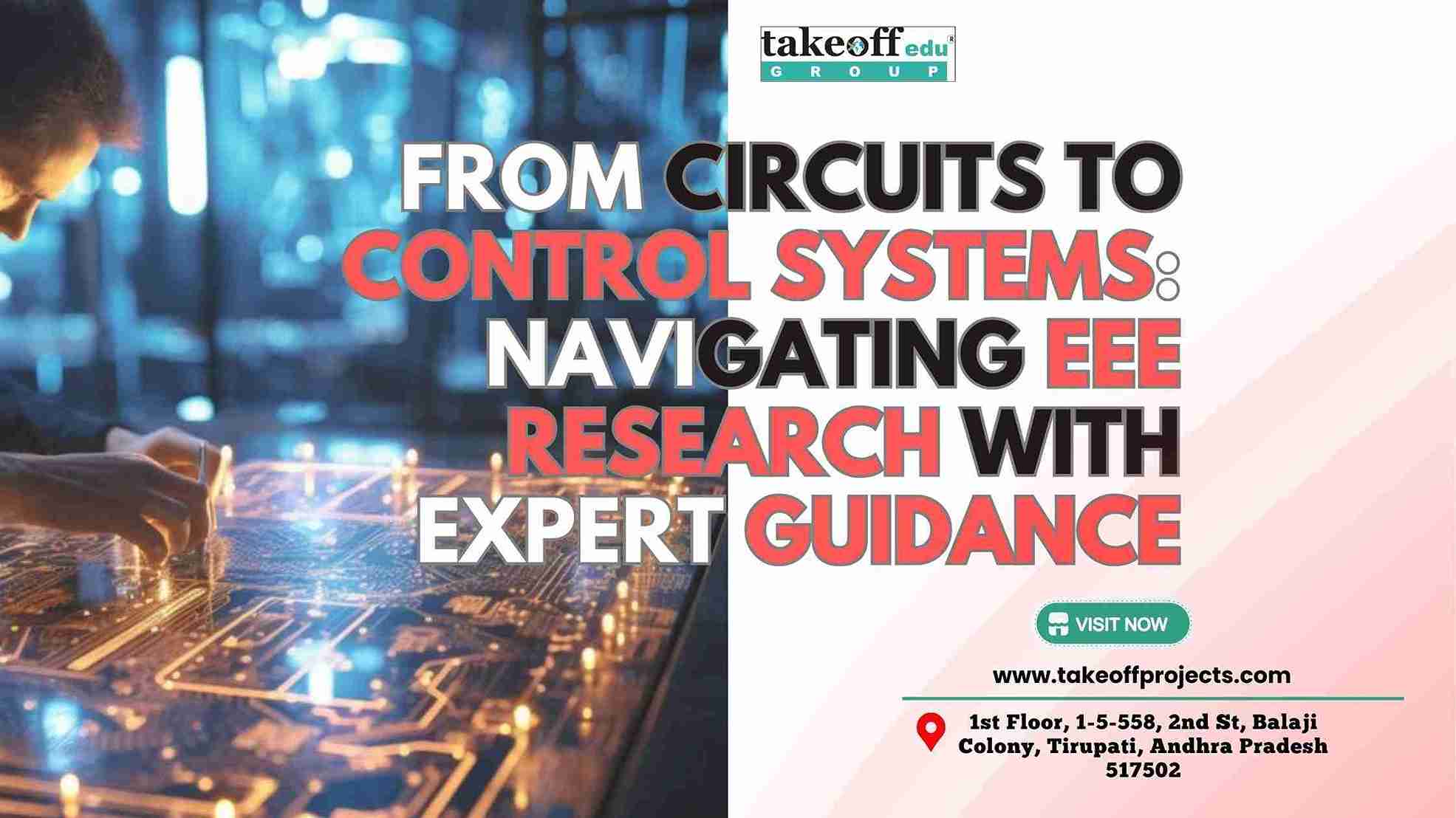 From Circuits to Control Systems: Navigating EEE Research with Expert Guidance
From Circuits to Control Systems: Navigating EEE Research with Expert Guidance  From Data to Discovery: Quantitative Analysis That Drives Results
From Data to Discovery: Quantitative Analysis That Drives Results  Future of IoT and Wireless Communication: Top PhD Opportunities in ECE
Future of IoT and Wireless Communication: Top PhD Opportunities in ECE  Top PhD Topics Energy Management in Power Electronics
Top PhD Topics Energy Management in Power Electronics  Exploring VLSI Design and Embedded Systems: Winning Research Topics for ECE Scholars
Exploring VLSI Design and Embedded Systems: Winning Research Topics for ECE Scholars  Expert-Approved Techniques for Crafting a Winning PhD Synopsis
Expert-Approved Techniques for Crafting a Winning PhD Synopsis  Writing with Purpose: How to Create Engaging Seminar Papers That Stand Out
Writing with Purpose: How to Create Engaging Seminar Papers That Stand Out  Unlocking Publication Success: Your Guide to High-Impact Journal Articles
Unlocking Publication Success: Your Guide to High-Impact Journal Articles  Mastering Energy Management: Top PhD Topics in Power Electronics
Mastering Energy Management: Top PhD Topics in Power Electronics  PhD Topic Selection Simplified: Choosing What Matters Most to You
PhD Topic Selection Simplified: Choosing What Matters Most to You  Plagiarism No More: Essential Tools and Techniques for PhD Scholars
Plagiarism No More: Essential Tools and Techniques for PhD Scholars 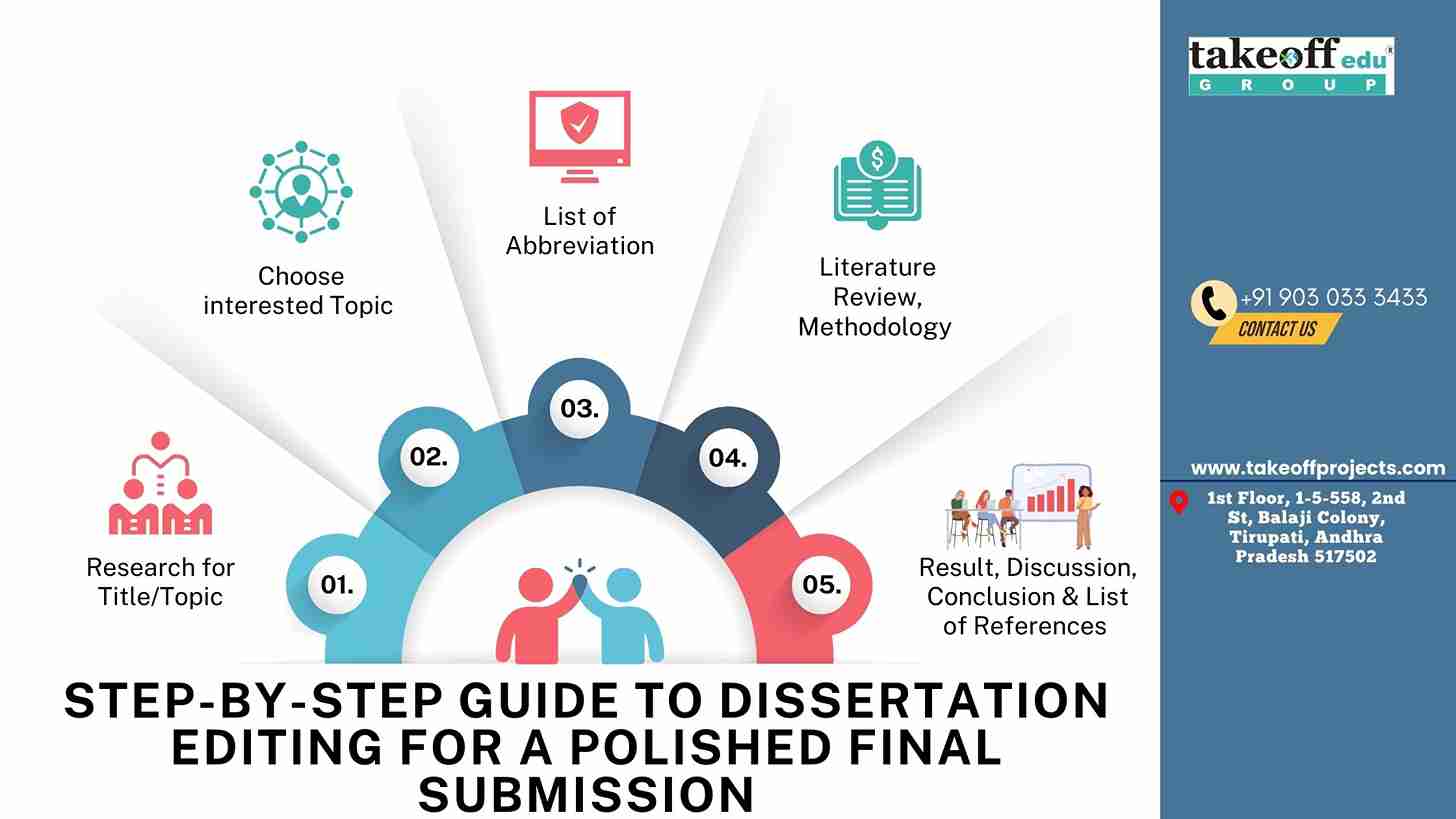 Step-by-Step Guide to Dissertation Editing for a Polished Final Submission
Step-by-Step Guide to Dissertation Editing for a Polished Final Submission  Why Literature Review Is the Backbone of Your PhD Research?
Why Literature Review Is the Backbone of Your PhD Research?  Accelerate Your Research: Software Implementation Made Easy for PhD Students
Accelerate Your Research: Software Implementation Made Easy for PhD Students  Stress-Free PhD Viva Voce Preparation: Expert Tips to Impress Examiners
Stress-Free PhD Viva Voce Preparation: Expert Tips to Impress Examiners  Transforming Data into Insights: Qualitative and Quantitative Analysis Explained
Transforming Data into Insights: Qualitative and Quantitative Analysis Explained  Say Goodbye to Plagiarism Worries: A Guide to Flawless Dissertation Writing
Say Goodbye to Plagiarism Worries: A Guide to Flawless Dissertation Writing  From Idea to Impact: Crafting High-Quality Conference and Seminar Papers
From Idea to Impact: Crafting High-Quality Conference and Seminar Papers 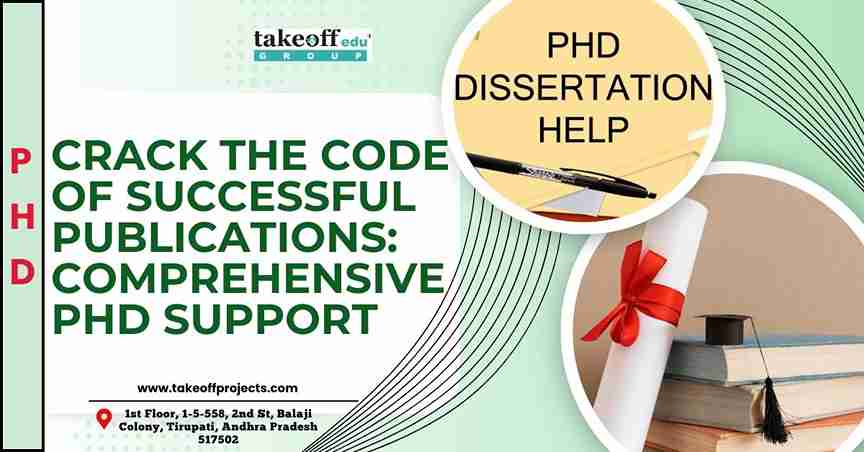 Crack the Code of Successful Publications: Comprehensive PhD Support
Crack the Code of Successful Publications: Comprehensive PhD Support  Top Strategies for Writing a Journal Ready Manuscript with Zero Plagiarism
Top Strategies for Writing a Journal Ready Manuscript with Zero Plagiarism  How to Nail Your PhD Research Proposal: Tips from the Pros
How to Nail Your PhD Research Proposal: Tips from the Pros  Understanding the Basics of Power Systems: A Comprehensive Guide
Understanding the Basics of Power Systems: A Comprehensive Guide  Turn Research Challenges into Opportunities: Expert PhD Consultation Services
Turn Research Challenges into Opportunities: Expert PhD Consultation Services 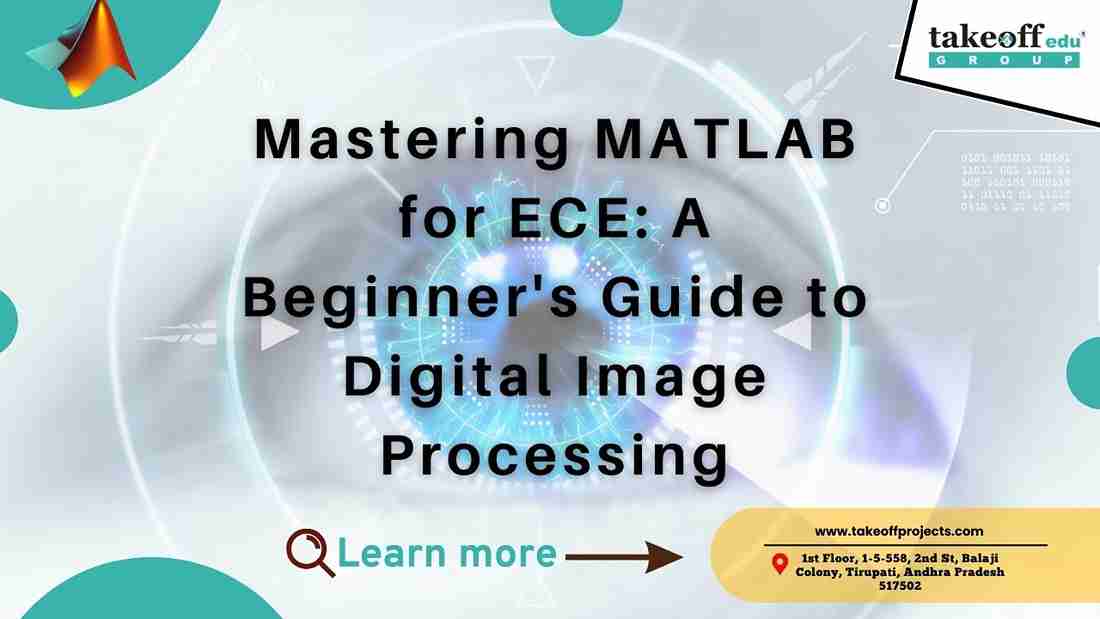 Mastering MATLAB for ECE: A Beginner's Guide to Digital Image Processing
Mastering MATLAB for ECE: A Beginner's Guide to Digital Image Processing  Mastering Your PhD Journey: From Topic Selection to Dissertation Success
Mastering Your PhD Journey: From Topic Selection to Dissertation Success  Assignment Writing Service
Assignment Writing Service  PhD Research Assistance
PhD Research Assistance  PhD Thesis Writing Services
PhD Thesis Writing Services  Masters Dissertation Writing
Masters Dissertation Writing  Journal Paper Writing
Journal Paper Writing  Research Paper Writing Services
Research Paper Writing Services 
 Paper Publishing
Paper Publishing


